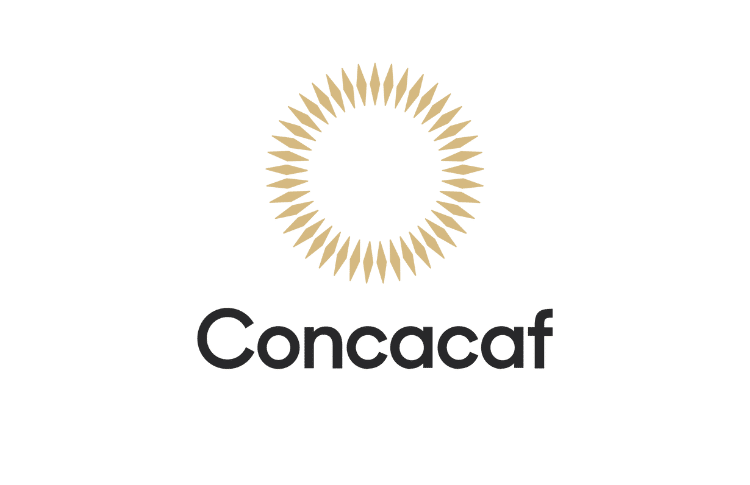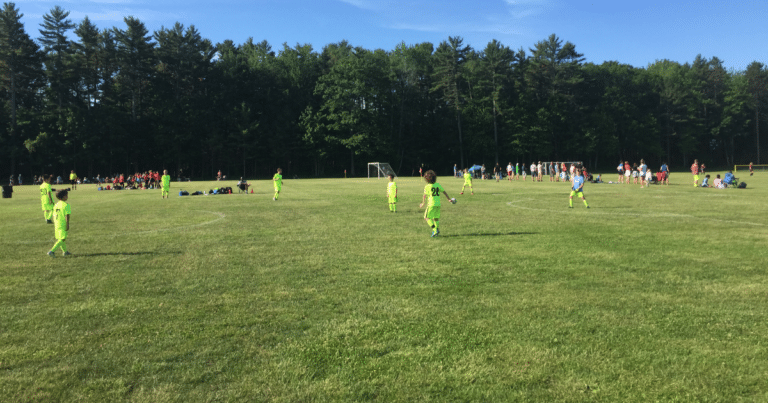Girls Soccer: Everything You Need to Know

Girls’ soccer in the U.S. has grown significantly over the last couple of decades. This is especially true when you are looking at the youth club level. There are definitely more opportunities for player development and clearer pathways.
In this article, we’ll discuss everything from the various youth soccer leagues to the rise of the U.S. national team.
Whether you are a die-hard soccer fan or just starting to get into the sport, this article will provide you with valuable insight female soccer landscape. So, let’s dive in and explore everything you need to know about U.S. girls soccer!
History of U.S. Girls Soccer
Early Beginnings
Female soccer in the United States has a long history, dating back to the early 20th century. However, it wasn’t until the 1970s that girls’ soccer began to gain popularity.
 In 1972, Title IX was passed, which required schools to provide equal opportunities for girls and boys in sports. This helped to increase the number of girls playing soccer across the country.
In 1972, Title IX was passed, which required schools to provide equal opportunities for girls and boys in sports. This helped to increase the number of girls playing soccer across the country.
Growth of Girls Soccer in the U.S.
In the 1980s and 1990s, girls’ soccer continued to grow in popularity in the United States. More girls began to play soccer at a younger age, and the number of soccer teams in high schools and colleges increased.
Additionally, the establishment of the Women’s United Soccer Association (WUSA) in 2001 also helped to raise the profile of women’s soccer in the U.S.
Women’s World Cup Success
The United States has a long history of success in women’s soccer, particularly in the Women’s World Cup. The U.S. Women’s National Team (USWNT) has won the tournament four times, in 1991, 1999, 2015, and 2019. The team has also finished as runners-up once and in third place three times.
The USWNT’s success in the Women’s World Cup has helped to inspire a new generation of girls to play soccer in the United States. The team’s players, such as Mia Hamm, Abby Wambach, and Alex Morgan, have become important role models for young girls across the country.
Current State of Female Soccer in the U.S.
National Team
The USWNT continues to be one of the most successful national teams in the world. They have won four FIFA Women’s World Cup titles and four Olympic gold medals. The team is currently ranked number one in the world by FIFA.
The USWNT has a strong core of experienced players, including Megan Rapinoe, Alex Morgan, and Carli Lloyd. They also have talented young players like Rose Lavelle and Mallory Pugh who are expected to be the future of the team.
[lasso ref=”alex-morgan-uswnt” id=”11528″ link_id=”15766″]
With a mix of recognizable names and talented players coming up through the system, the success of the USWNT will only rise in the future.
Professional Leagues
The National Women’s Soccer League (NWSL) is the top professional league for women’s soccer in the United States. The league has twelve teams and features some of the best players in the world.
The NWSL has struggled with financial stability and attracting fans, but it has shown signs of growth in recent years. The league has a partnership with the US Soccer Federation, which provides financial support and helps with marketing and promotion.
Youth Leagues
Youth leagues dedicated to girls’ soccer have made significant progress. On any weekend, soccer fields are filled with U8-U19 teams from various soccer clubs across North America. It’s exciting to see so many kids and teens competing but also having fun.
Additionally, many leagues are now offering showcases where teams can play other teams from different regions as well as possibly get scouted by college coaches.
Some of the girls-only soccer youth soccer leagues include:
- Girls Academy League (GA): The GA is probably the highest in the youth pyramid (could be argued that ECNL is) and offers high-level competition for girls’ soccer teams. It is known for its focus on player development and its commitment to providing a pathway to college and even professional soccer.
- Elite Clubs National League (ECNL): The ECNL is probably the most developed youth soccer league and is known for its player development and gateway to college soccer.
- National Premier League (NPL): The NPL is a group of leagues that falls under U.S. Club Soccer. The leagues typically competes less than the GA and ECNL but still provide high-level training and consist of a postseason tournament.
- US Youth Soccer: The US Youth Soccer is one of the more popular leagues for youth soccer in the United States. It consists of teams from all over the country and offers high-level competition for players.
Challenges Facing U.S. Girls’ Soccer
Gender Inequality
Despite the growing popularity of women’s soccer in the United States, unfortunately, gender inequality remains a significant challenge for girls playing soccer.
Especially at the pro level, female players often face discrimination and less support compared to their male counterparts. This inequality is evident in the lack of media coverage, lower salaries, and fewer opportunities for girls to play soccer professionally.
Additionally, some parents and coaches still hold the belief that girls are not as physically capable as boys, which can lead to a lack of investment in their development. THIS IS NOT TRUE!
This thinking and mindset isn’t just affecting soccer, it’s pronounced in almost every major sport. And, it isn’t just a U.S. topic, it’s a global issue.
Lack of Funding
Another challenge facing U.S. girls’ soccer is the lack of funding. Many female soccer programs struggle to secure adequate funding for equipment, travel expenses, and coaching staff.
This lack of resources can lead to a lower quality of training and competition, which can hinder the development of players.
However, this really isn’t affecting club programs as it is a pay-to-play model so parents are investing in their daughter to play soccer. This creates a shield around the lack of overall funding.
Competition from Other Sports
Girls’ soccer in the United States faces stiff competition from other sports, such as basketball, softball, and volleyball.
These sports often receive more funding and media coverage, which can make it difficult for girls’ soccer to attract and retain players.
Additionally, the emphasis on winning and competition in youth sports can lead to a focus on sports that are perceived to offer a better chance of success.
Future of U.S. Girls Soccer
Potential for Growth
I think you can expect to see continued growth for girls’ soccer in the U.S.
With more and more girls getting involved in the sport, the talent pool is expanding, and more opportunities are being created for young players to develop their skills.
Additionally, with the success of the U.S. Women’s National Team, interest in the sport is at an all-time high, which should translate into more support for girls’ soccer at all levels.
Progress Over Perfection
If you are currently playing soccer, progress is more important than perfection. It’s easy to get caught up in the idea of boys versus girls, but it’s important to remember that soccer is a team sport and everyone is working towards the same goal. Here are a few tips to help you focus on progress over perfection:
- Set realistic goals: Instead of trying to be perfect, set achievable goals for yourself. Maybe you want to improve your passing accuracy or work on your footwork. By setting goals that you can realistically achieve, you’ll be more motivated to work towards them.
- Embrace mistakes: Mistakes are a natural part of the learning process. Instead of getting frustrated when you make a mistake, use it as an opportunity to learn and improve. Analyze what you did wrong and think about how you can do better next time.
- Practice, practice, practice: The only way to improve is to practice. Make sure you’re getting enough practice time in and focus on the areas where you need the most improvement. Don’t be afraid to ask your coach or teammates for help.
- Celebrate small victories: It’s easy to get discouraged when you’re not seeing immediate results, but it’s important to celebrate the small victories along the way. Maybe you made a great pass or had a good defensive play. Recognize these moments and use them as motivation to keep improving.
Remember, progress is a journey, not a destination. Focus on improving every day and you’ll become a better player in the long run.
Final Thoughts on Girls’ Soccer
We love to see the significant progress girls’ soccer has experienced in recent years. Especially at the youth level (where it all starts), the landscape has evolved into a sport that provides more opportunities for girls to compete at higher levels.
Also, with the right training and support, players can excel in soccer and achieve their goals both on and off the field.
Whether you are a player, coach, or parent, understanding the basics of girls’ soccer can help you make the most of this exciting sport.
I hope this overview helps! For more about the US soccer pyramid, head over to our article.

Written By: SoccerNovo
SoccerNovo is an independent youth soccer media brand built to help parents, players, and coaches better understand the game and the pathways available in U.S. soccer. Our mission is to make youth soccer simpler, clearer, and more accessible for everyone involved in it.
Let’s connect





